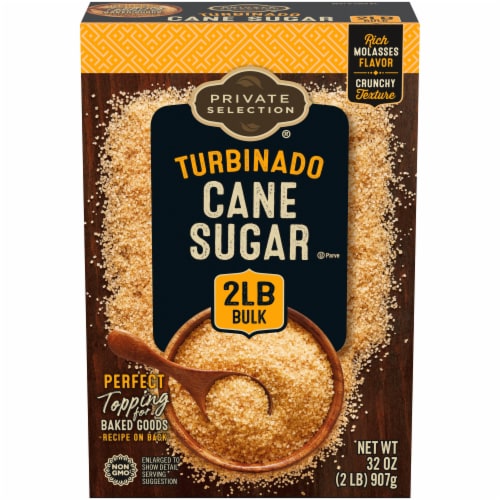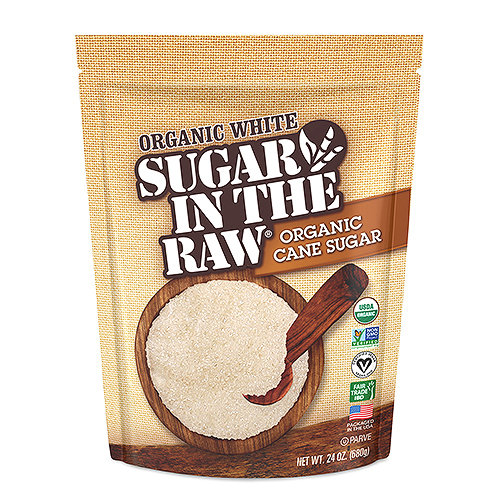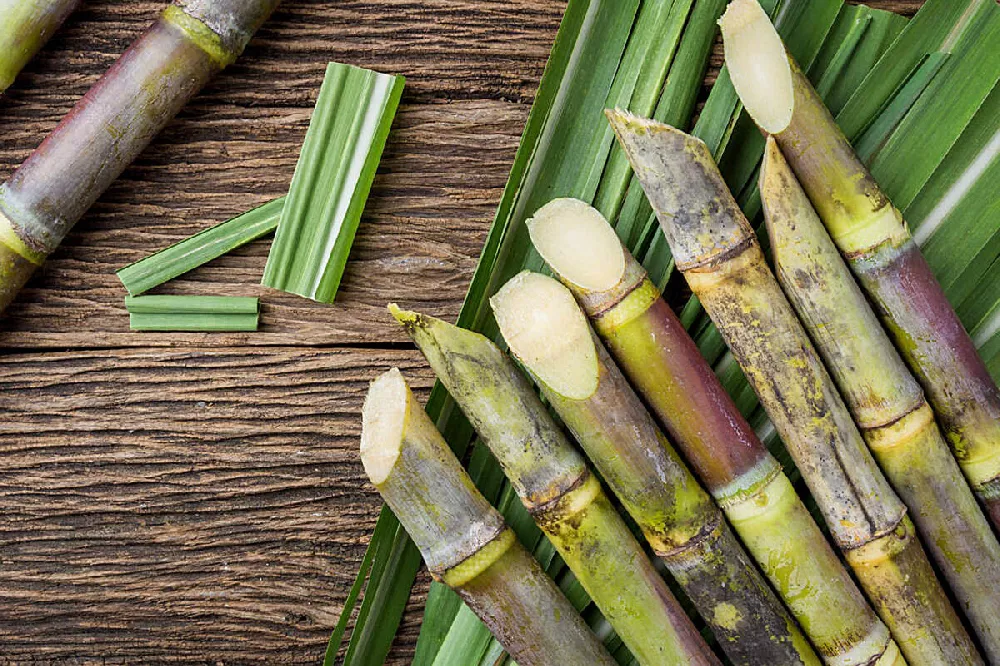Checking Out the Comprehensive Steps Involved in Walking Cane Sugar Handling From Gathering to Refinement
The procedure of cane sugar production incorporates a series of elaborate actions, starting with the careful harvesting of sugarcane and culminating in the improvement phases that ensure the final product fulfills sector standards. Each phase, from the removal of juice to the filtration and crystallization procedures, plays an essential duty in determining the top quality and character of the sugar.
Gathering Sugarcane
Gathering sugarcane is an important step in the walking cane sugar handling chain, as it straight affects the quality and return of the last item. Proper timing and techniques are necessary throughout this phase to guarantee optimum sugar web content and lessen losses. Generally, sugarcane is collected when it reaches maturation, usually 12 to 18 months after planting, characterized by a high sucrose focus.

Post-harvest, the sugarcane needs to be processed quickly to stop sucrose deterioration. Ideally, harvested walking cane needs to be moved to refining centers within 24 hr to maintain sugar high quality. Consequently, reliable logistical planning is vital to preserve the stability of the gathered crop throughout the supply chain.
Removal Refine

The smashed walking cane undergoes a collection of pushing procedures to optimize juice healing. Typically, hot water is sprayed onto the smashed walking cane, developing a countercurrent circulation that helps dissolve the sugar while likewise helping in the removal process. The juice gathered from this operation has not only sugar however likewise numerous natural substances and impurities.

To boost extraction efficiency, some facilities may use diffusion methods, where the sugarcane is saturated in hot water, permitting the soluble sugars to diffuse right into the fluid. The resulting juice, rich in sucrose, is then directed to subsequent processing stages, laying the foundation for purification and refinement. The extraction process is therefore essential in establishing the top quality and yield of the final sugar item.
Filtration Methods
The filtration methods utilized in walking stick sugar handling are essential for changing the raw juice right into a top quality sugar product. These techniques mainly aim to remove impurities, such as dirt, plant products, and you can try these out inorganic substances, which can adversely influence the end product's taste and color.
This process involves including lime and heat to the raw juice, which promotes the coagulation of pollutants. Additionally, the usage of phosphoric acid can improve the clarification process by additional binding impurities.
An additional considerable strategy is carbonatation, where carbon dioxide is presented to the clarified juice. This reaction produces calcium carbonate, which catches remaining contaminations and promotes their elimination.
Additionally, turned on carbon treatment may be applied to adsorb any type of remaining colorants and organic contaminations, making sure a more refined item. The combination of these techniques effectively prepares the sugar juice for succeeding actions in the refining process, establishing the phase for the production of top quality walking cane sugar.
Condensation Approaches
After the purification stage, the following crucial action in cane sugar processing entails crystallization techniques, which play a crucial role in transforming the cleared up juice right into solid sugar. This process normally employs two primary approaches: spontaneous formation and controlled condensation.
In spontaneous condensation, supersaturated sugar solutions are allowed to cool normally, causing the formation of sugar crystals in time. This technique is less complex yet may result in uneven crystal sizes and lower purity degrees. On the various other hand, regulated formation is an extra specific technique where seeding, focus, and temperature level representatives are meticulously managed. This method permits the uniform growth of sugar crystals and greater pureness.
During crystallization, the clarified juice is focused via dissipation, boosting its sugar material up until it reaches supersaturation. Once this point is achieved, either method can promote the formation procedure. click for more info Cane Sugar Processing. The resultant sugar crystals are after that divided from the remaining syrup via centrifugation
Inevitably, the option of crystallization approach influences the high quality, size, and pureness of the final sugar product, making this action essential in the total walking stick sugar processing treatment.
Refinement and Product Packaging
Just how can the purity and quality of walking cane sugar be additionally enhanced after crystallization? The improvement process plays an essential duty in accomplishing high-quality cane sugar. Adhering to condensation, sugar undergoes a thorough cleaning to remove contaminations and residual molasses. This is commonly completed utilizing cozy water or vapor, which aids dissolve and remove unwanted aspects while preserving the sugar crystals.
Following, the sugar is subjected to a process called centrifugation, where it is rotated at high rates to separate the detoxified sugar crystals from the continuing to be liquid. After centrifugation, the sugar is commonly further fine-tuned via an approach called carbonization or phosphatation, which utilizes triggered carbon or phosphoric acid additional hints to remove color and off-flavors.
When improved, the sugar is dried out to achieve the desired wetness web content, guaranteeing that it stays secure during storage and transport. The last action involves packaging the refined sugar in moisture-proof and closed containers to keep its quality and avoid contamination. Cane Sugar Processing. Appropriate product packaging not just prolongs life span but likewise promotes easy handling and distribution, making sure that customers obtain sugar that fulfills the highest requirements of pureness and top quality
Conclusion
The thorough steps entailed in walking stick sugar processing, from the meticulous harvesting of sugarcane to the complex improvement and packaging phases, underscore the relevance of each phase in guaranteeing top notch sugar manufacturing. Ideal harvesting methods, effective extraction methods, and strenuous filtration procedures collectively add to the end product's pureness and security. The condensation and subsequent product packaging techniques better boost the stability and life span of the sugar, highlighting the intricacy and accuracy intrinsic in this crucial farming market.
The process of walking cane sugar manufacturing includes a series of elaborate steps, starting with the mindful harvesting of sugarcane and culminating in the improvement phases that make sure the last product meets industry requirements. Ideally, harvested walking cane must be carried to processing centers within 24 hours to protect sugar quality.In spontaneous formation, supersaturated sugar options are enabled to cool down normally, leading to the formation of sugar crystals over time - Cane Sugar Processing. The improvement process plays a vital role in attaining high-grade walking cane sugar.The thorough steps involved in walking cane sugar processing, from the careful harvesting of sugarcane to the elaborate improvement and packaging phases, underscore the relevance of each phase in guaranteeing top quality sugar manufacturing